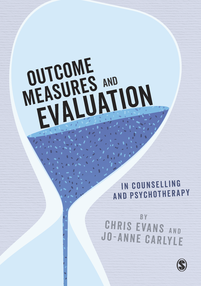We may have caused a bit of confusion by introducing the term “Clinical score”. Perhaps it’s not on the scale of the Capulet/Montague name tragedy (Shakespeare, 1591-1995?) but it may be worth explaining the scoring here as I do see mistakes and do get asked about this.
History
We started out scoring using the mean of the items and recommending pro-rating if not more than 10% of items were missing, i.e. using the mean of the remaining items. That meant you could get a pro-rated mean overall score for the CORE-OM if as many as three items were missing, for the “non-risk” score if three [Note: this said “two” until 17/4/23 when it was brought to my/our attention that we haven’t been consistent about this over the years and allowing three missing items here, i.e. rounding up the 10% of the 28 items was clearly what we have said at times in the past and probably more sensible. The difference in typical NR score datasets is likely to be tiny.] of the non-risk items were missing, for the function and problems scores if one of their items was missing, and you couldn’t pro-rate if any items were missing for the well-being or risk scores. You could get overall scores for the CORE-SF/A, CORE-SF/B if one of their items was missing (but not for domain scores as any missing item there means more than 10% of the items are missing). Similarly, you could use a pro-rated score for the GP-CORE, the LD-CORE, the YP-CORE and the CORE-10 if one item was missing but pro-rating the CORE-5 was clearly impossible.
All those scores had to lie between 0 and 4 by definition but they could be awkward looking numbers like 0.84 and over the early years we got feedback that many clinicians and managers didn’t like these “less than one and fractional” scores.
“Clinical Scores”
With mixed feelings in the team, the idea of “Clinical Scores” came in: the item mean as above, but multiplied by 10 to get a score that in clinical samples would pretty much always be a x.y sort of number with x >= 1 and scores ranging between 0 and 40. The same rules about pro-rating were retained. This “x10 = Clinical Score” gives that rather easy scoring for a complete CORE-10 or complete YP-CORE that the “Clinical Score” is just the sum of the 10 items completed (but if one item is omitted you still have to find the mean of the nine completed items and multiply that by 10). For a completed CORE-5 the route to the “Clinical Score” is almost equally easy: the Clinical Score is twice (2x) the sum of the five items’ scores.
We sometimes see people reporting the sum of the items: please don’t do that, we’ve never recommended that anywhere. We also see people not saying explicitly that they’re using the original “mean item score” or the “Clinical Score”, please do say which you used even if it seems very obvious. Finally, we encourage people always to be explicit about having used pro-rating (if you have) and to be explicit about numbers of incomplete questionnaires and numbers of items missed. This all maximise comparability of reports. Non-comparable scoring may not be as lethal as Mantua family feud was to Romeo, Juliet and Mercutio, but it’s definitely to be avoided!
Reference
Shakespeare, W. (1591-1595, exact date uncertain) “Romeo and Juliet” available in many versions as the peer-reviewed format hadn’t been invented: quarto 1, quarto 2, first folio and later versions. However, the fatal name issue is consistent in all.

